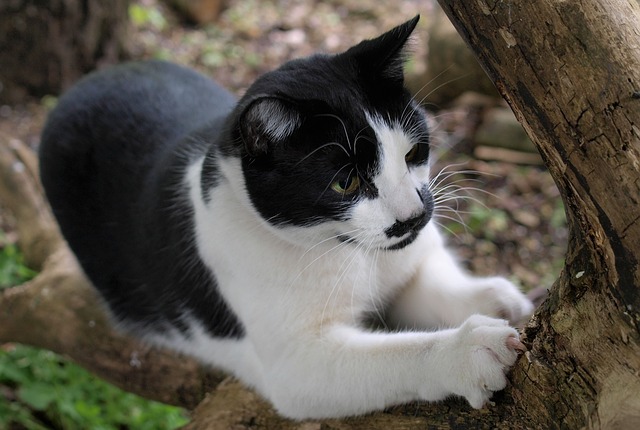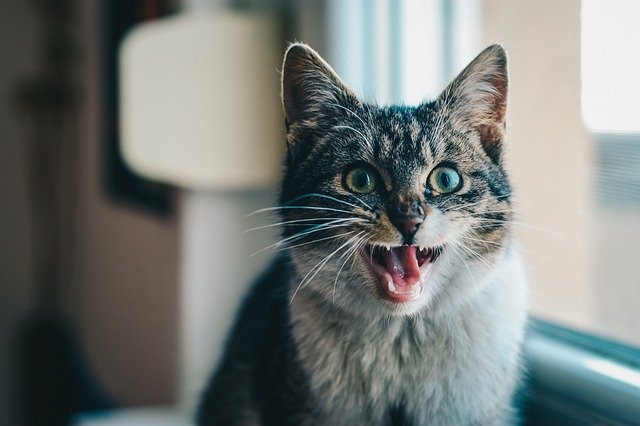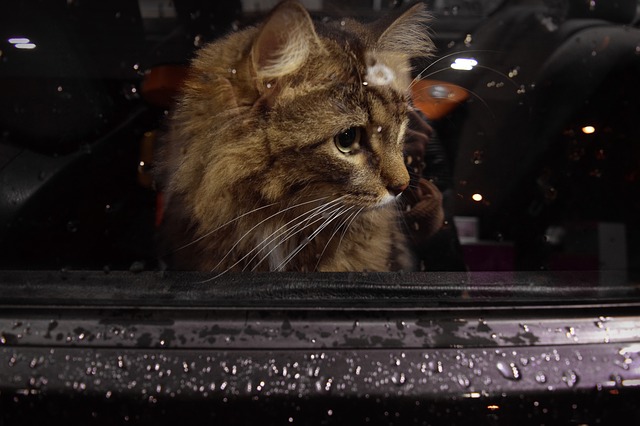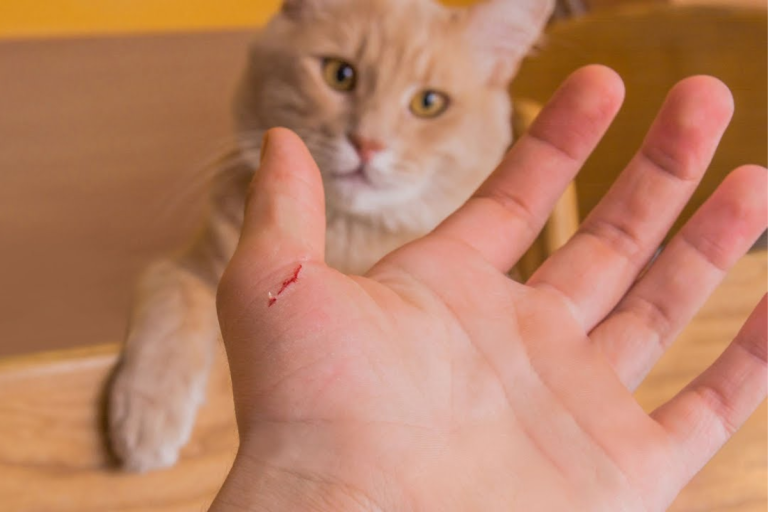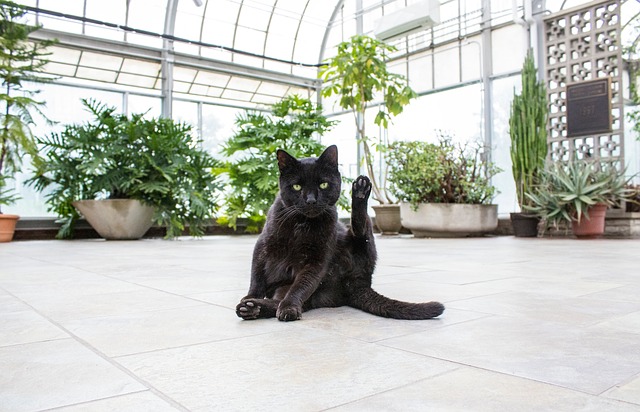Does Declawing a Cat Hurt Them?
Declawing or onychectomy in the medical term is the surgical removal of a
Cats sharpen their claws by tearing apart our couches and upholstery, and scratching our furniture. At times, they scratch their loving owners too. When my family’s health is at risk because of
Pros and Cons of Declawing
When deciding whether or not to declaw our cats, we should look into declawing cats – side effects as well as its advantages. First off, we consider the social aspect of declawing which is making domestic cats less destructive in our homes. At times, declawing a
Second, a
Keep in mind that declawing is the amputation of the bones where the claws grow. If the bones are not severed, the claw will grow again. In worst cases, the deformed claw leads to an abscess and long-term pain. So if you asked, is declawing a
It doesn’t help that cats are so good at concealing pain. They would rather learn to live with chronic pain than communicate about it. Declawing is predictably painful that pharmaceutical companies often test new pain medications on declawed cats. Aside from immediate pain, too much, too little, or careless amputation can lead to post-surgical complications such as:
–  Pain
–  Hemorrhaging
–  Foot tissue destruction
–  Infection (bacterial or deeply rooted in the bone)
–  Re-growth of claws due to poor technique
–  Nerve damage
–  Arthritic damage
–  Long-term joint issues
–  Fearful or aggressive behavior like biting
–  Spraying instead of scratching to mark territory
–  Refusal to use the litter box due to paw pain
–  Paw pain due to damaging the digital pad next to the claw
–  Temporary or permanent lameness due to removal of too much tissue
–  Back pain due to lameness (common in overweight cats)
It is wise to note that declawing is an irreversible surgery. Unless the technique was performed incorrectly, your
Different Declawing Methods
The Resco Clipper Method
Most veterinarians prefer this method as it is the fastest. This is done by using a sterile nail trimmer and closing the incision with suture material or surgical glue. The paws will be tightly bandaged and your
Blood spotting from the toes is common during the first week. The use of recycled newspaper litter is essential for declawing
Disarticulation Method
This procedure is utilized to avoid part of the claw from being left behind. In this procedure, the entire third bone where the claw grows is removed. It is a difficult and delicate process that involves the disconnection of the tiny ligaments that hold the third bone in place.
Like the previous method, your
The Laser Declaw
Declawing a
Laser declawing also requires additional training for veterinarians. It is not something they are taught in vet school. If you are interested in this technology and don’t mind the extra expense, only entrust your
Legal Repercussions of Declawing Cats
You may also be asking, is declawing illegal? In which countries is declawing cats banned? The United Kingdom and much of the European Union have outlawed declaw surgery in cats. Australia, Israel, and New Zealand also ban declawing.
In the United States, anti-declawing legislation was proposed but it remains legal in the country. Several cities like Denver, CO have made declawing illegal along with several cities and towns in California like Burbank, Beverly Hills, Berkeley, Culver City, San Francisco, Santa Monica, Los Angeles, and West Hollywood. The rest of the state made it unlawful to prohibit declawing.
Alternatives to Declawing
Whether you live in a country, city, or state that bans declawing or you consider the procedure a form of animal cruelty, there are several ways you can deal with the normal act of
